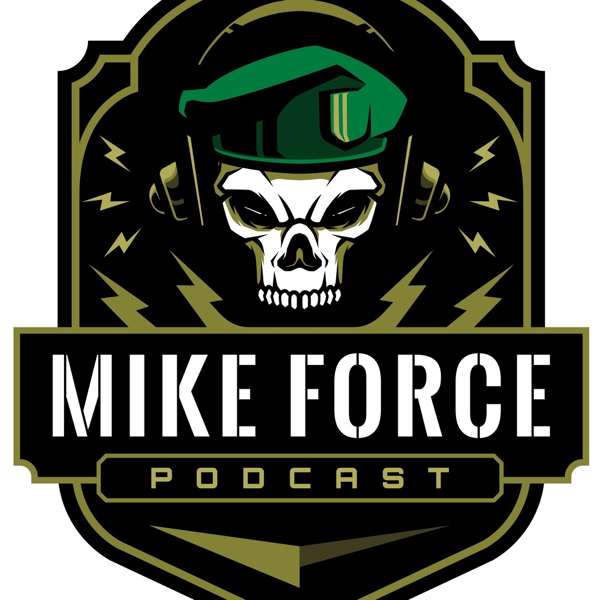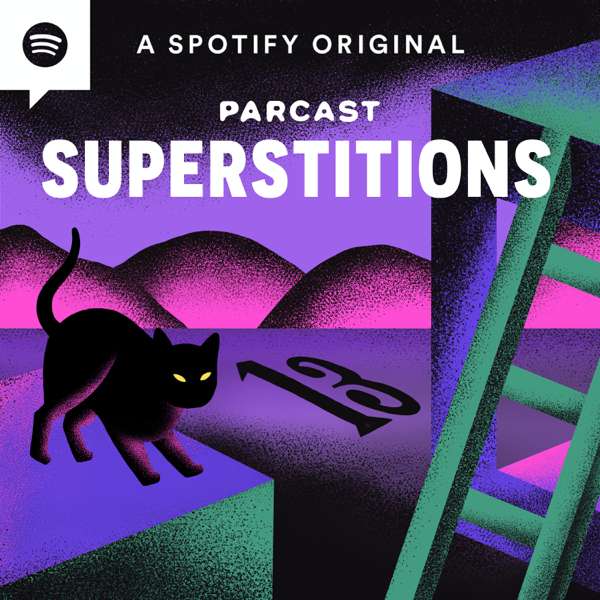Show notes at Keith Snow.com
The United States of America used to be dotted with dairies farms, but the industry has seen a steady decline in the total number of dairy farms while the average size of herds has increased, super dairies are becoming the norm, not the exception.
My uncle, John Snow (one of my dad's older brothers) had two beautiful dairies, one in Goshen NY, the other on a 174-acre farm in Carlisle, PA (car-lyle).
Uncle John milked Holsteins and grew corn and other crops, the farms were so beautiful. Both farms had classic red barns with hay lofts and tractors, I was in love!
I can vividly remember sitting in the farmhouse kitchen drinking milk fresh from the bulk tank that was so creamy and thick and raw! My Aunt Judy reminded me I had to finish all my beans and corn before leaving the table. No problem I thought!
I also remember being with my cousin Greg in his third-story bedroom listening to a tiny transistor radio with an extra-large antenna pointed out the window that was broadcasting AM radio, circa 1974!
To say that I have a fondness for people who raise and milk cows is an understatement. My kids were raised on raw Jersey cow milk and we had a few Jersey heifers in 2010 but we sold them before they calved, their names were Cinnamon & Ginger.
So all of this dairy doom makes me sad! Between 1970 and 2006, the number of farms with dairy cows has fallen steadily, from 648,000 operations in 1970 to 75,000 or so in 2006, probably lower in 2022.
Technology such as printing food, yeah I said printing food, will become common, and fake meat and dairy substitutes will be ubiquitous. I find these statements hard to believe and grandiose, but time will tell.
"We are on the cusp of the deepest, fastest, most consequential disruption in food and agricultural production since the first domestication of plants and animals ten thousand years ago. This is primarily a protein disruption driven by economics. The cost of proteins will be five times cheaper by 2030 and 10 times cheaper by 2035 than existing animal proteins, before ultimately approaching the cost of sugar. They will also be superior in every key attribute – more nutritious, healthier, better tasting, and more convenient, with almost unimaginable variety. This means that, by 2030, modern food products will be higher quality and cost less than half as much to produce as the animal-derived products they replace." — rethinkX.com
Over 60% of dairy farms are less than 25 cows. The current price per hundred lbs is averaging $21.64 for every hundredweight (100 pounds) of fluid milk so the dairy farmer is netting about $1,400-$1,700 per week, depending on the cow breed they milk and the gallons produced, this is for a 25 cow herd.
So dairy farmer gets roughly $21.64 for 11.62 gallons yet the supermarket gets $42. If farmers sold direct and could attract customers to a small farm store, and had some value-added products like butter, cream, half & half, creme fraiche, yogurt, etc. they could potentially meet or top what is made selling to the dairy coop.
However, this usually requires the younger generations to stay on the farm and help as the job of tending to cows and crops leaves little time for research, planning, and large changes to the farm's business model.
One amazing benefit of such an arrangement would be interacting with the people who consume the products, instead of just a driver who pumps milk into a tanker to take it to the coop/processor.
Reading from an article…..
The emergence of large dairy farms, and the continued shift of production toward such farms, is the principal focus of our analysis. We also touch on geographic shifts in production, a closely intertwined component of structural change.
Between 1970 and 2006, the number of farms with dairy cows fell steadily and sharply, from 648,000 operations in 1970 to 75,000 in 2006, or 88 percent (fig. 1). Total dairy cows fell from 12 million in 1970 to 9.1 million in 2006, so the average herd size rose from just 19 cows per farm in 1970 to 120 cows in 2006.
Moreover, milk production per cow doubled between 1970 and 2006 (from 9,751 to 19,951 pounds per year), total milk production rose, and average milk production per farm increased twelvefold. These changes reflect a trend toward greater specialization as well as greater size.
However, like much of agriculture, dairy farms come in a wide range of sizes. The largest U.S. dairy farms have over 15,000 cows, though farms with 1,000–5,000 cows are more common.
Large dairy farms account for most inventory and production in the Western States, and a growing share of production elsewhere
The smallest class of dairy farms (fewer than 30 cows) still accounted for nearly 30 percent of all operations with milk cows in 2006, but had only 2 percent of all cows and provided just over 1 percent of total dairy production.
Such farms, which frequently combine a very small dairy enterprise with other commodity enterprises or with off-farm work, are disappearing rapidly.
Non Dairy Milk (soy, almond, oat, macadamia, hemp, hazelnut) is cutting into the share of milk sales rapidly. Average consumption is off 40% as of 2019 compared to 1975.
There is an ongoing label war between the dairy lobby and the non-dairy "milk" producers. They call their products milk, which the dairy industry sees as competition.
In my mind, people who drink milk are not mistakenly buying oat or soy or almond milk, rather sales of non-dairy milk are fueled by highly educated consumers who either have dairy allergies or are plant-based or vegan or environmentally aware.
So what does this mean to today's dairy farmers? Well, we all know the average age of the American farmer is 57.5 years of age. Farmers are much older in other countries like Japan!
This portends problems in the future as today's youth, even if they were raised on farms and taught work ethic, are routinely leaving the farm for "easier" ways of making a living.
We are talking only about dairy farms here but the same scenario plays out on our cattle, hog, grain, and vegetable operations. Who knows what this means for the future of ag.
With so much pressure to "get big or get out" small dairies either choose to invest in larger operations or sell their land to developers or, invest in on-farm processing to be able to sell to local customers and DSD(direct store delivery) and cutting out the coop and keeping the vast majority of the profit themselves.
I know of several dairymen who sell both to a growing number of customers who want farm-fresh products and want to know who grows their food.
They have made on-farm investments in processing equipment and been awarded permits to process their own products and they know their customers.
A good example of this model in action is SC Milky Way Farm in Starr SC LD Peeler has been milking his Jersey cows for decades. We used to buy raw milk direct, which had been legal in SC for years. His A2-A2 Jersey cows are raised on grass and produce milk that is nothing short of amazing, at least 3-4 inches of cream on top of each gallon.
We were paying $4-6 per gallon back in 2009 and it was worth every penny! LD has increased the number of products he produces on the farm to include some vat pasteurized milk, chocolate milk, cream, etc.
He even has a really nice, clean refrigerated milk truck to make deliveries with.
I can remember him using a metal hook he built to grab milk crates instead of bending down each time. He wore the typical wrangler jeans, a ball cap, and flannel shirts.
Another dairy that is doing great work is Alexander Dairy in California. I regularly buy their certified organic, A2-A2 milk which is also certified Regenerative and tastes amazing.
They have many products that are sold to retail stores and distributors, they leave the butterfat on top (non-homogenized) and only pasteurize at 165 degrees for 30 minutes, unlike most dairy that is UHT, Ultra High Temperature pasteurized at over 200 degrees.
This is a large dairy with over 4,300 acres and about 4,000 cows. They have built soil organic matter from 2% to as much as 15% in some pastures using regenerative principles I outlined in episode 454.
They are sequestering a great deal of carbon in the soil, using ruminant animals, the way nature intended. Even a hard-core Al Gore tree hugger cannot argue the fact that they are not helping the environment, even with all the cow farts!
Finding Raw Milk…
The laws in this country regarding the sale of raw milk are pretty frustrating, but progress has been made in most states. People should have access to this life-giving product, without bureaucrats restricting it. I have not looked in a while to see how things are progressing with the law but the website Real Milk lists hundreds of dairies across the country that sell raw milk. See this handy interactive map to find local raw milk.
Support this Show at Keith Snow.com
Resources for this episode:
https://www.realmilk.com/
https://alexandrefamilyfarm.com/
https://scmilkywayfarm.com/
https://www.farmprogress.com/farm-life/average-age-us-farmer-climbs-575-years
https://hoards.com/article-18-Class-I-Milk-Price.html
https://www.usfarmdata.com/number-of-dairy-farms-in-the-us
https://www.ers.usda.gov/webdocs/publications/45868/17034_err47b_1_.pdf?v=41746
PDF https://www.ers.usda.gov/webdocs/publications/45868/17034_err47b_1_.pdf?v=41746

 Our TOPPODCAST Picks
Our TOPPODCAST Picks  Stay Connected
Stay Connected







